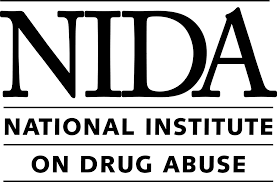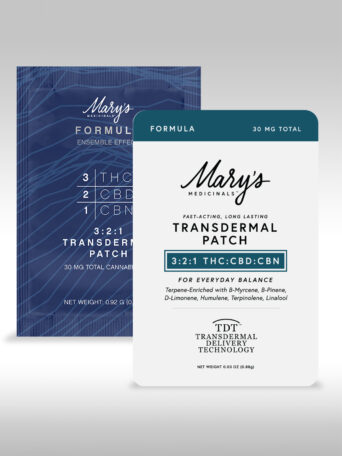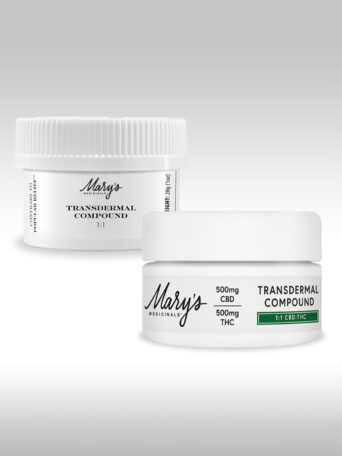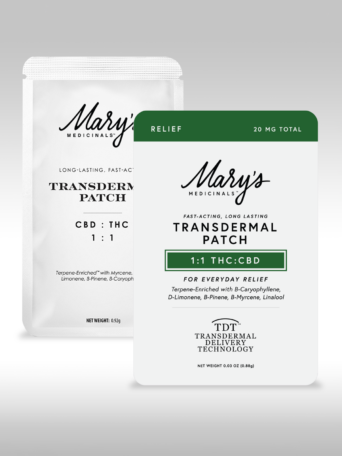This is post, written by Alice O’Leary Randall, covers a presentation by Heather L. Kimmel, Ph.D., Division of Epidemiology, Services and Prevention Research at NIDA. Dr. Kimmel spoke at the 2nd Annual ICR Conference in Pueblo, CO.


The National Institute on Drug Abuse (NIDA) is among a triumvirate of federal agencies that control marijuana policy and has always seemed a bit of a red-headed stepchild. Its two big siblings — DEA and FDA — are more independent than NIDA, which is tucked away in the hierarchy (some might say labyrinth) of the National Institutes of Health (NIH) which oversees 27 institutes and centers. NIDA has been a primary player in the marijuana issue for decades (established in 1974) and at times has seemed confused about its role in this long-standing cultural question, especially with respect to medical cannabis.
In the late 1970s and into the 1980s, NIDA was frequently perceived as THE go-to agency for help with thirty-four state-wide medical cannabis research programs that were legislatively authorized between 1978 and 1981. But NIDA realized the medical cannabis movement could potentially drain its meager supply of legally produced cannabis (the long-standing contract at the University of Mississippi) with no real gain from NIDA’s perspective since, at that time, the cannabis was provided free of charge to federally approved research projects. It was a no-win situation for NIDA, so the agency began, rather forcefully, to insist that NIDA wasn’t responsible for medical cannabis research, it was only interested in drug abuse research. This position was bolstered by the Nancy Reagan, Just Say No Campaign of the 1980s. Specific disease-oriented institutes, such as the National Cancer Institute or National Eye Institute were told that they should do therapeutic cannabis research. Politically speaking it was a good move and it did take some of the pressure off the tiny fiefdom of NIDA. As the years rolled on, NIDA dug in its heels and would staunchly defend its lack of therapeutic cannabis research even while the only legal cultivation of cannabis in the country was under NIDA contract and employees of that contract were filing patents on cannabinoids that NIDA allowed them to explore.
Time moved on and NIDA continued to obfuscate with respect to medical cannabis. In 2003 it got a new director, Nora Volkow, an addiction specialist who supported the theory of marijuana addiction and had little good to say about potential medical use of cannabis. But in 2015 there was a fundamental shift at NIDA…sort of. Dr. Volkow seemed to embrace the therapeutic promise of cannabis, in particular the cannabinoid known as CBD. And DEA, in 2017, announced it would allow more cultivation of legal cannabis, presumably breaking the monopoly enjoyed by U of Miss for decades.
But here we are in 2018 and it seems the more things change the more they stay the same. Dr. Heather Kimmel of NIDA dazzled the ICR crowd with a slide showing the purported spending by NIH on cannabis research. The FY2016 data was quite interesting and Dr. Kimmel was helpful in pointing this writer towards more recent data at the NIH website. The figures were quite hopeful showing a 21% increase in overall funding of “cannabinoid research” between FY 2016 and FY2017. But the allocations remain well entrenched in drug abuse, not therapeutic use.
NIDA, in Dr. Kimmel’s words, gets “the lion’s share,” a whopping 63% of the $139 million allocated for cannabis research — $88.2 million. Second on the list is the National Institute of Alcohol Abuse and Alcoholism (NIAAA) receiving $21.5 million or 15%. Thus roughly 78% of the federal government’s expenditure on cannabis research is going to agencies that look only at addiction and “cannabis use disorders.”
NIH categorizes cannabis research expenditures into four categories — or, as Dr. Kimmel phrased it, “silos of research” — cannabinoid research, endocannabinoid system research, cannabidiol (CBD) research, and therapeutic cannabinoid research. But these categories are misleading.
For example, one would think the silo labeled “therapeutic cannabinoid research” is solely focused on disease-specific applications. And that silo of research received $36 million in FY 2017. But drill a little deeper and you find that $22 million of that amount was given to NIDA and NIAA which, as we know, both focus on cannabis abuse and dependence. The other ten institutes shared roughly $14 million. (A list of cannabinoid research projects receiving FY2017 funding can be found at https://learn.maryspubs.com/categd2b62)


This shell-game is not uncommon in the federal government, but it is disheartening when one considers the promise of therapeutic cannabis. Dr. Kimmel encouraged anyone in the audience wishing to fund a cannabis research project to contact NIDA. A nice enough sentiment but, honestly, after more than four decades of pouring millions of dollars into the “abuse” of marijuana doesn’t it seem that someone in the federal hierarchy might say, “Perhaps we should re-focus our attention”? ❖









